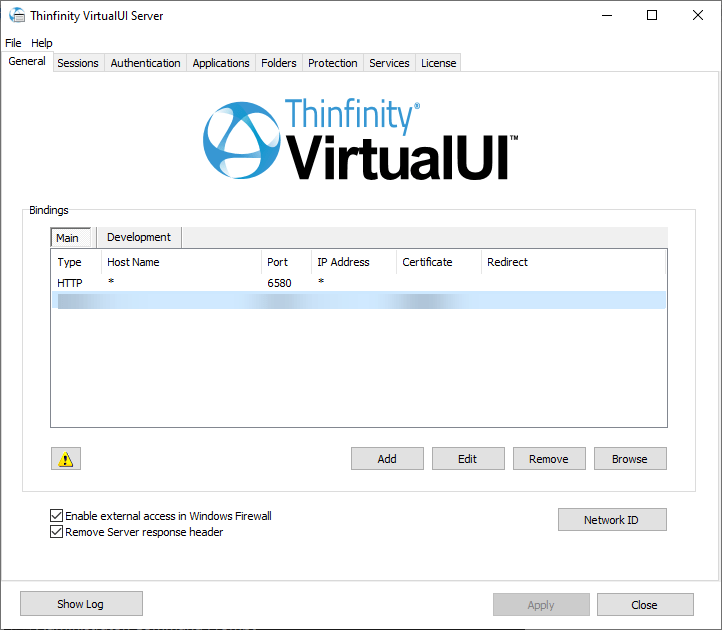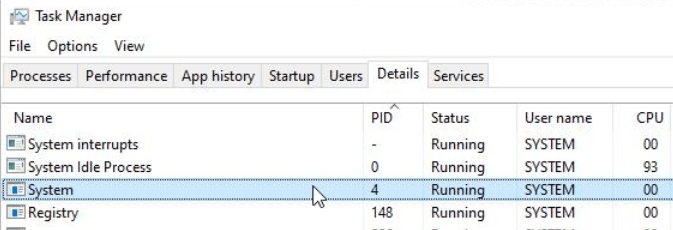
In this guide, we will explain to you how to troubleshoot port binding errors in Thinfinity® VirtualUI.
A port binding is the configuration information that determines where and how a message will be sent or received. Some binding errors on the Log of Thinfinity® VirtualUI will show you an error on the landing page.
The most common errors are :
Binding port:6580 with error:5
Binding port:6580 with error:183
In this case we will use the default port for VirtualUI, port 6580, as an example.
This would apply to any port assigned on the General tab of the VirtualUI Manager.

If you see the error 183, by clicking on the Show Log button found on the bottom left corner of the VirtualUI Manager window, please follow these steps:


- First off, open a Command Prompt window as an Administrator and enter the following line:
netsh http show urlacl | find “6580” (or the port configured on VirtualUI)
- You will see a screen like this one:
Reserved URL: https://*:6580

- In order to unbind this port, use the following command line:
netsh http delete urlacl url=https://*:6580
Bear in mind, the URL has to match the one that came back from the Reserver URL
For the binding error 5, you would need to follow these steps:

- Open a Command Prompt window as an administrator and type the following line:
netstat -ano | find “6580”
- This will return something like this:

The last column shows the PID (process ID), which can be used to check which process is occupying this port, as shown below:

Bear in mind that Thinfinity® uses ‘http.sys’ as a Microsoft web service component, and its name is System.
If you have any questions, please email us at [email protected].
Regards!